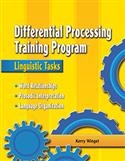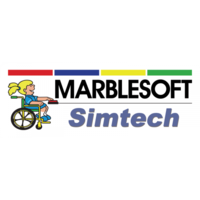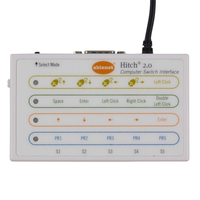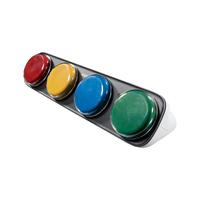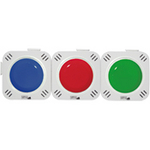DIFF PROCESSING LINGUISTIC
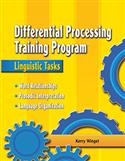
Description
ges:6-12
Grades:1-7
Target the processing skills that underpin steady, consistent language development. This systematic progression of tasks focuses on word relationships, prosody, and language organization.
These lessons individually and as a group, teach children to manipulate increasingly complex units of language. Each one-page activity has a clear, measurable goal and a performance grid for easy measurement, identification of error patterns, and quick documentation of progress.
The lessons are grouped into three skill areas:
Word Relationships
- Associations–recognize and explain associations; generate associated words
- Comparisons–identify and explain similarities and differences
- Synonyms–identify, generate, and compare synonyms
- Antonyms–recognize and generate antonyms
- Multiple-Meaning Words–identify, explain, and define multiple-meaning words
- Similes–identify similar characteristics, identify items by characteristics, complete and generate similes
Prosodic Interpretation
- Emotions–recognize and infer emotions and identify emotional intonation
- Sentence Intonation–recognize intonation, infer sentence meaning from intonation, use intonation appropriately
- Stress and Rhythm–discriminate syllable and word stress and rhythm, interpret changes in stress and rhythm
Language Organization
- Convergent Naming–identify objects from clues, discriminate and identify categories, identify commonalities among objects
- Divergent Naming–name category members by function, parts, and attributes; complete analogies
- Feature Description–describe objects by attributes, parts, and function; generate effective clues about object
155 pages • 8.5 x 11 • softcover • ©2007
DIFF PROCESSING LINGUISTIC

